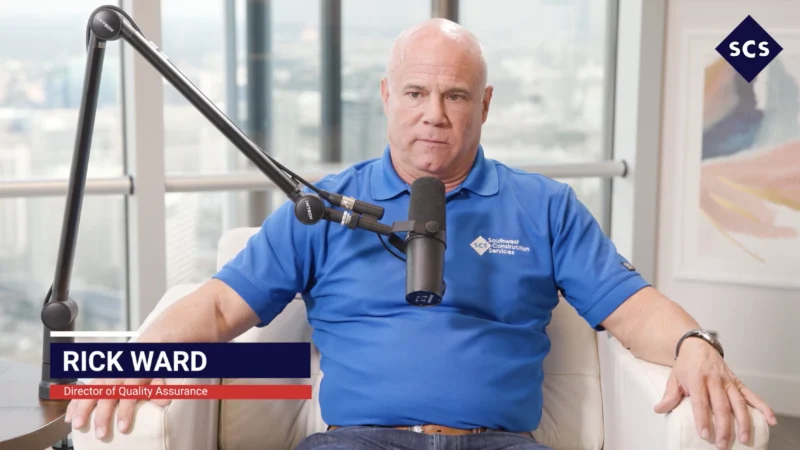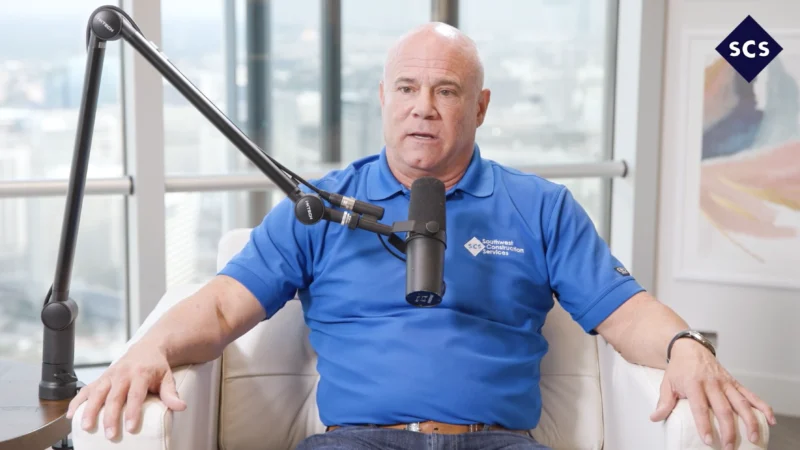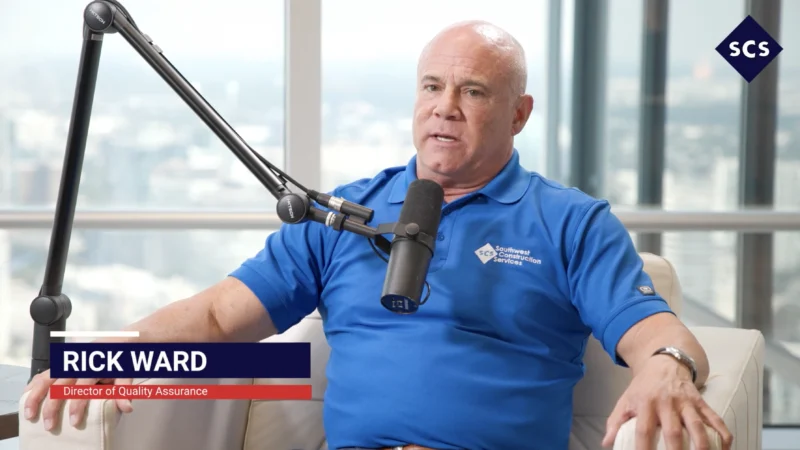The New Frontier of Decarbonization with Built Environments and the City of Tomorrow: Part 2
In an era where America is experiencing a construction boom, from new suburban developments to city revitalizations, there’s a hidden challenge in built environments we can’t afford to overlook: a glaring shortage of skilled tradespeople. As cities like San Francisco witness the top global construction cost at $440 per square foot, the stakes are incredibly high. With much of the labor force in construction aging out or moving to more stable markets, the industry faces an existential dilemma.
So, what led us to this tipping point of a talent shortage in construction, and how can we stem the tide amongst a construction boom?
Welcome to this week’s second of a two-part series on decarbonization and built environments on DisruptED, hosted by Ron Stefanski. Our guest today is Ron Henry, the Senior Vice President of Sachse Construction, and together they delve into the intricacies of the talent pool crisis facing the construction industry.
Stefanski and Henry also touch on:
- How the Great Recession of 2008 caused a talent drain from Northern states like Michigan to more stable markets in the South, creating a long-term deficit in skilled trades.
- Why a generational disconnect has also played a role in the talent pool crisis in the construction industry.
- How the scarcity of skilled labor contributes to a dramatic rise in construction costs, impacting project timelines and overall budgets.
Ron Henry is the Senior Vice President of Sachse Construction. With years of industry experience and a focus on community engagement, Ron and his team have spearheaded initiatives like the Sachse Construction Academy, aiming to draw more young people into the skilled trades.




